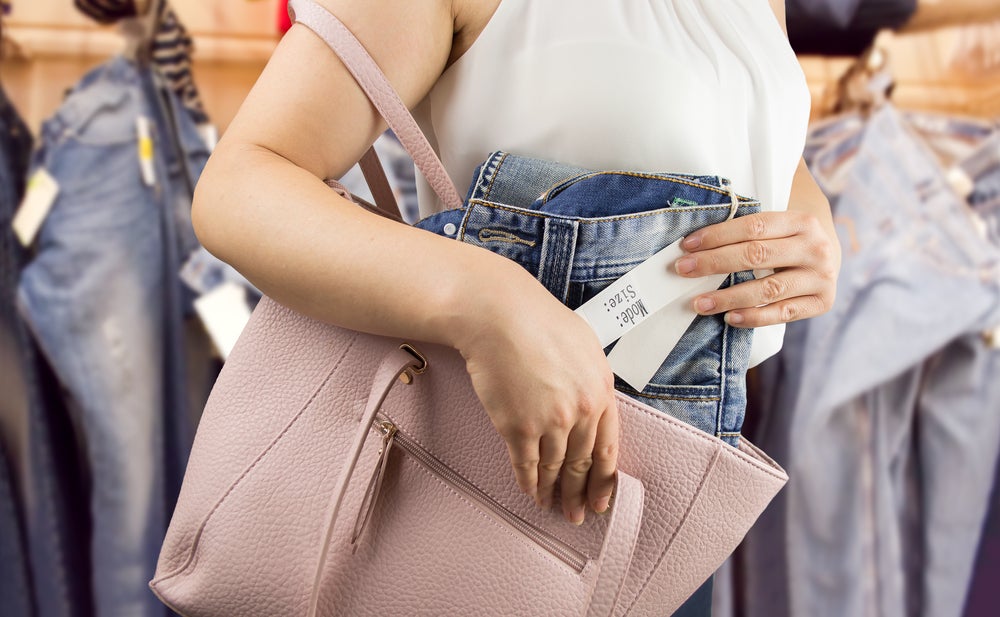
The Council on Criminal Justice has closely monitored shifts in violent and property crime rates in major US cities. Its just-published report, prepared for the council’s Crime Trends Working Group, delves into the specific trends in shoplifting, particularly focusing on organised retail theft.
Shoplifting incidents in 24 major American cities have shown a rebound since the significant drop in 2020 during the Covid-19 pandemic. However, the overall change depends on whether New York City is included in the analysis.
With New York’s data added, reported incidents were 16% higher in the first half of 2023 compared to 2019. Excluding New York, the number was 7% lower.
Let’s delve into the details.
1. City variances: New York and Los Angeles lead the pack
New York and Los Angeles witnessed the most substantial increases in reported shoplifting from mid-2019 to mid-2023, with 64% and 61%, respectively.
In contrast, St. Petersburg and St. Paul experienced the largest decreases, with -78% and -65%. Examining recent trends, Los Angeles and Dallas topped the list with the largest increases while San Francisco and Seattle saw significant decreases.

US Tariffs are shifting - will you react or anticipate?
Don’t let policy changes catch you off guard. Stay proactive with real-time data and expert analysis.
By GlobalData2. Shoplifting characteristics: a closer look at goods and felonies
The median value of stolen goods in shoplifting incidents increased from $75 in 2019 to about $100 in 2021. Excluding the top 10% of high-value incidents, the average stolen goods value was $756 in 2021, a $184 increase from 2019.
Felony categorisation of shoplifting incidents nearly doubled from 8% before the pandemic to almost 16% in the first half of 2023.
3. Changing dynamics: assaults, group sizes, and overall trends
While the proportion of shoplifting incidents involving an assault or other crime rose 9% from 2019 to 2021, these incidents constituted less than 2% of overall shoplifting events.
Assaults in stores were 7% lower in the first half of 2023 compared to the first half of 2022 but 8% higher than in 2019. The number of reported shoplifting incidents involving more than six people increased from 0.1% in 2019 to over 25% in 2021.
Are shoplifting rates up? Varied trends across cities
Analysing the data from January 2018 to June 2023, shoplifting rates fluctuated across the 24 cities, with a significant drop during the Covid-19 lockdowns. Rates increased again but remained below 2018 and 2019 levels until the first half of 2023.
Some cities, including Seattle and San Francisco, experienced declines while others such as Los Angeles, saw increases.
In a nutshell, the shoplifting landscape is complex, with New York City playing a pivotal role in shaping the overall trends. Despite increases in several cities, the sheer number of incidents in New York dwarfs those in other areas.



